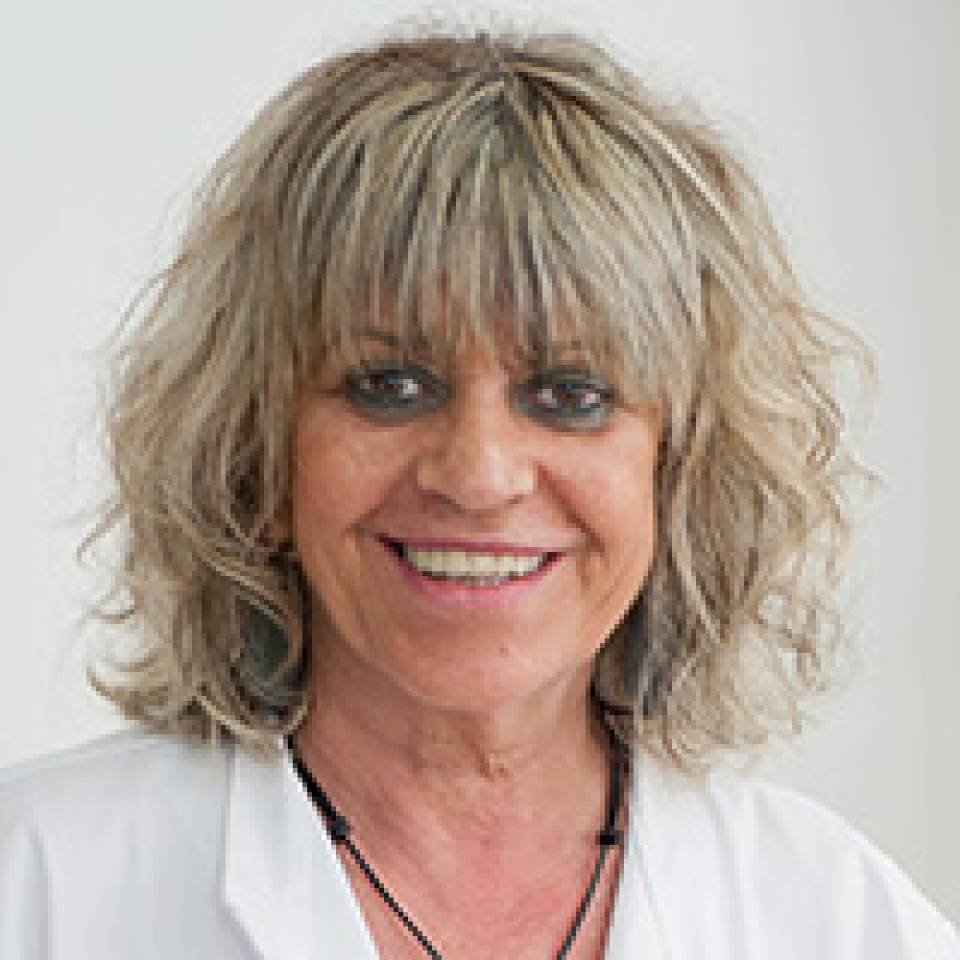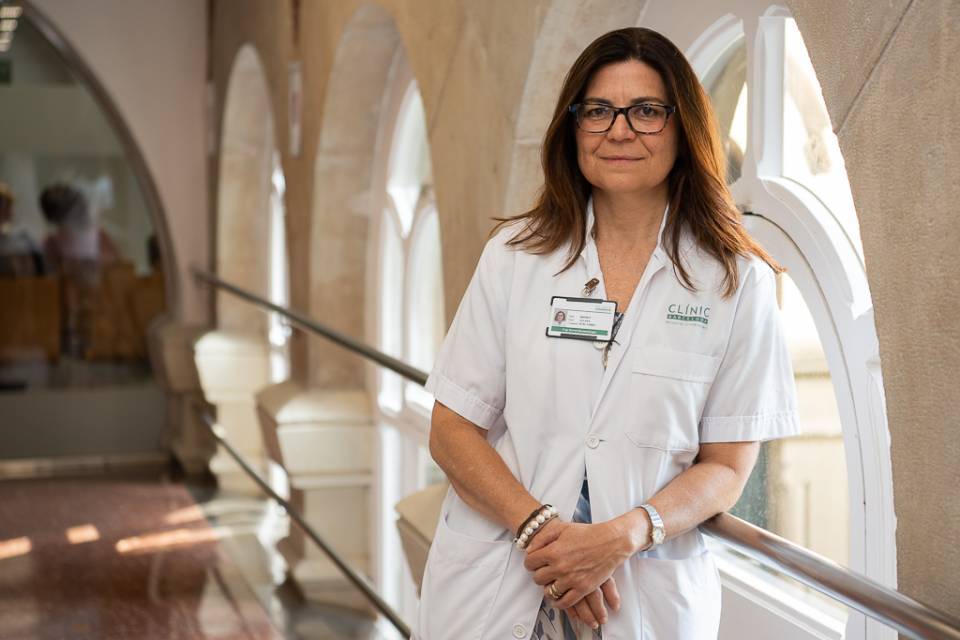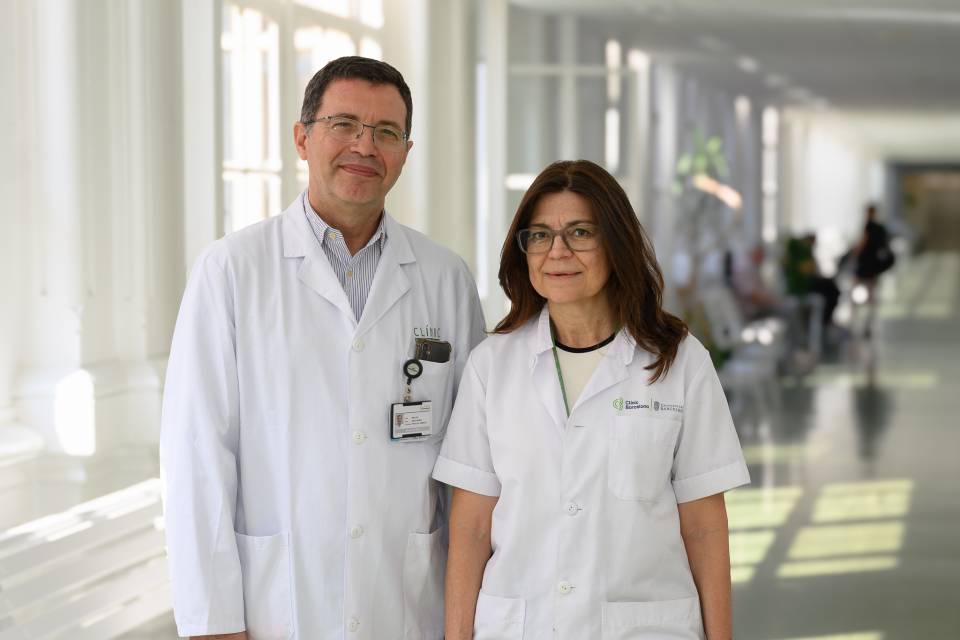Frequently asked questions about skin cancer
What’s wrong with me?
Skin cancer encompasses a series of different tumours with different causes. In the vast majority of cases, the origins of skin cancer are a combination of genetic factors, external factors and exposure to the sun’s ultraviolet radiation.
Exposure to the sun is not enough to produce skin cancer and not all tumours are caused by the sun. Each person’s skin resists the sun’s effects to a different degree, in other words, we are talking about genetic factors.
The darkest skin tones, for example in African populations, hardly ever develop skin cancer. Even though these tones are well adapted, all types of skin have a limited tolerance to the sun’s radiation. Cancer sometimes appears on skin in areas that have not been exposed to the sun, e.g., nails, the sole of the foot or covered areas of the body.
The risk not only depends on the location where you live but more importantly on your exposure to the sun. If you live in sunny areas, then you will certainly receive a higher dose of cumulative radiation. Regardless of this, the incidence of skin cancer is higher in countries such as Sweden, which receives very little sun compared to Spain, because the population has much lighter skin that burns more easily, especially in spring and summer. We should also take into account the trips they make to other countries with a lot of sunshine.
Self-tanning lotions that use substances such as dihydroxyacetonce or erythrulose to produce a skin staining effect do not have any toxic effects, in general, and do not cause skin cancer. They are cosmetic products that settle in the outer horny layer of the skin before being eliminated naturally after a few weeks. It is important to remember that they do not protect you from the sun and you still need to wear sunscreen.
Some chemical products, e.g. arsenic, are known to produce skin cancer in the form of carcinomas. Sources of radiation, such as the radiotherapy used in various treatments, can sometimes cause a skin carcinoma; however, this occurs very rarely and can be prevented.
Some viruses can also produce skin tumours in genital areas. With respect to ultraviolet radiation, apart from the sun’s rays, exposure to radiation from artificial tanning booths or in the workplace, e.g., for welders or printers, must also be taken into consideration. In such cases workers must protect themselves adequately.
Non-melanoma skin cancer comprises a series of malignant skin tumours, such as carcinomas, for example. These are the most common types of tumour and, unlike melanomas which develop in melanocytes, their origins are in skin cells called keratinocytes.
Melanoma, like all cancers, has different grades or stages that depend on factors such as tumour size and whether it has affected the lymph nodes or other organs in the body. A melanoma diagnosed in the early stages (when the tumour is still small) generally has a good prognosis.
If the melanoma is classed as advanced, then it has affected other organs besides the skin, e.g., the lymph nodes, liver or lungs, amongst others.
What tests will I undergo?
To diagnose skin cancer, the doctor will perform a physical examination to inspect the size, shape, colour and texture of the area in question and also check if it bleeds or forms a crust. They will also examine the rest of your body to see if there are any moles (nevi) or other blemishes that could be related to the skin cancer.
Furthermore, they may examine your lymph nodes (small nodules of immune cells about the size of a bean) located beneath the skin on your neck, armpits or groin. If a melanoma spreads, the first place it reaches is often the neighbouring lymph nodes which will swell up.
Whenever your primary care doctor suspects a melanoma, they will refer you to a doctor specialising in skin diseases (a dermatologist) who will perform a closer examination of the area.
During the clinical examination the doctors will use a technique called dermoscopy. It is a test used to perform a direct, and painless, examination of the skin by observing the tumour’s structure. In most cases, dermoscopes can provide a very accurate diagnosis of skin tumours. This procedure is very important for the detection of melanomas and analysing them before they are removed. If you have a lot of moles, then your doctor will also assess the possibility of using digital dermoscopy to create a total-body map to help detect new moles or any changes in existing ones.
Some specialised centres have other, more advanced techniques, for example, confocal microscopy, indicated for the diagnosis of difficult cases of skin cancer, or high-resolution ultrasound, for studying the borders of tumours before they are removed.
What treatments are available?
Skin cancer is treated in different ways according to tumour type, location on the body, size and other factors. Fortunately, many of them are resolved with minor surgery under local anaesthesia. And others require more complex surgery and can leave significant scars which may represent an aesthetic problem, particularly when on the face. Another, highly effective treatment is radiotherapy and skin tumours can sometimes be treated with procedures such as cryosurgery or laser surgery.
There are further procedures, e.g., photodynamic therapy, which destroys the tumour with a light, and therapy with imiquimod, which is a topical product that is applied directly over the tumour to activate an antitumour immune response.
In the case of more advanced cancers, patients must be treated with medicines, such as immunotherapy treatments or chemotherapy.
The best cure for cancer is prevention. Primary prevention, in other words, against the known causes of skin cancer, such as excessive exposure to the sun, both cumulative exposure (total lifetime hours of sun) as well as acute intermittent exposures (sunburns). Secondary prevention consists of detecting any tumours as soon as they develop to ensure they can be cured. Therefore, the general public should be educated in how to identify a suspicious lesion so that they may discuss it with their doctor as soon as possible.
A melanoma should be diagnosed by means of a biopsy and so it is the first surgical procedure performed on the patient. In function of the size and thickness of the melanoma, further operations may be required to extend the borders of the biopsy and obtain an adequate safety margin, or a “sentinel lymph node” biopsy could be necessary as metastasis initially occurs in the lymph nodes. The first lymph node that the melanoma cells reach is called the sentinel lymph node. This means that the lymph nodes in the neighbouring area must be surgically removed in an operation called a lymphadenectomy.
The drug-based therapies most used in current medicine to deal with a metastatic disease are chemotherapy and immunotherapy. Chemotherapy involves the use of drugs or chemical substances to destroy cancer cells. Therefore, it typically has a lot of side effects, the majority of which are reversible and disappear once treatment has finished.
The purpose of immunotherapy is to stimulate the body’s own immune system so that it fights against the disease. It is not totally harmless, i.e., it can also produce side effects. The side effects depend on each treatment; nonetheless, the most frequent ones are fatigue, tiredness, vomiting, diarrhoea, loss of appetite, etc.
If the melanoma has spread to the lymph nodes but it could still be removed entirely, then an adjuvant treatment, whether uniquely drug-based or in combination with radiotherapy, becomes necessary. Whenever melanomas cannot be removed completely or have metastasised, then the treatment will be drug-based.
Your doctor will explain the side effects of your drug therapy and how it may affect your daily life. It is important that you resolve any doubts and ask about anything you think is relevant.
The time between check-ups will be decided in function of the stage of the melanoma; they will be more frequent if the initial melanoma was more advanced. As time passes, the check-ups will be increasingly spaced out as the risk of a relapse decreases.
Initial melanomas will be monitored by the specialist who diagnosed and treated them surgically. In the case of skin melanomas, the specialist will be a dermatologist, while melanomas located in other areas, such as mucous membranes, eyes, etc., may be overseen by another type of specialist.
If the patient needs additional treatments because the melanoma is more advanced, then the specialists involved in these treatments will also monitor the patient, e.g., an oncologist if the recommended treatment is drug-based.
Living with skin cancer
If you have or have had skin cancer, you can still enjoy the sun in the same safe manner as everyone else. Therefore you do not have to avoid the sun, which is unpractical and harmful, but rather only exposure yourself safely. This includes following recommendations for healthy habits such as taking into account the time of day and year, and the use of suitable clothing, sunglasses and sunscreens.
Sunscreens are very effective at preventing sunburns as long as they have a protection factor of more than 15. However, it is worth remembering that total protection sunscreens which filter out all UVA and UVB rays are recommendable. It is very important to emphasise that sunscreens must be applied correctly in order to work properly. Furthermore, no sunscreen is totally safe if you spend too much time in the sun.
People with tattoos do not present a greater risk of developing skin cancer.
Photo-epilation does not cause skin cancer. Avoid placing hair removal lasers over moles so they do not get burnt. Therefore they have to be protected before the treatment.
Sunscreens have a limited shelf life, as with all other creams. They normally lose their effectiveness from one year to the next.
The chances of developing a second melanoma are around 3–10%. Of the patients who develop a second melanoma, up to one in three may also present a third melanoma. A second or successive melanoma will be treated according to its stage. We should take into account, however, that they are detected in skin cancer aware patients so they tend to be diagnosed early and are therefore surgically curable cases.
Generally speaking the risk for family members does not increase; notwithstanding, a small percent of melanomas do include a hereditary component. It is estimated that around 10% of melanomas could be hereditary. Your doctor will evaluate the characteristics of your skin, your personal and family medical histories, and the presence of atypical moles (dysplastic nevi), those with any unusual features, e.g., over 6 mm in diameter, in order to assess the risk for your family.
There are a variety of methods available to improve the appearance of a scar. There are non-surgical treatments based on creams, steroids or silicone gels. Some scars require surgery to enhance how they look. If the above treatments do not improve its appearance, you may find that psychological therapy is very helpful.
Skin self-examination can help diagnose melanomas at an early stage and improve the chances of curing them. You should check all the skin on your body, using a mirror where necessary. If you have a lot of pigmented lesions (moles or blemishes), you could take periodic photographs and compare them to help reveal any changes over time. Suspicious lesions are usually asymmetrical, have irregular borders, non-uniform colouration and are greater than 6 mm in diameter.
Substantiated information by:


Published: 20 February 2018
Updated: 20 February 2018
Subscribe
Receive the latest updates related to this content.
Thank you for subscribing!
If this is the first time you subscribe you will receive a confirmation email, check your inbox


